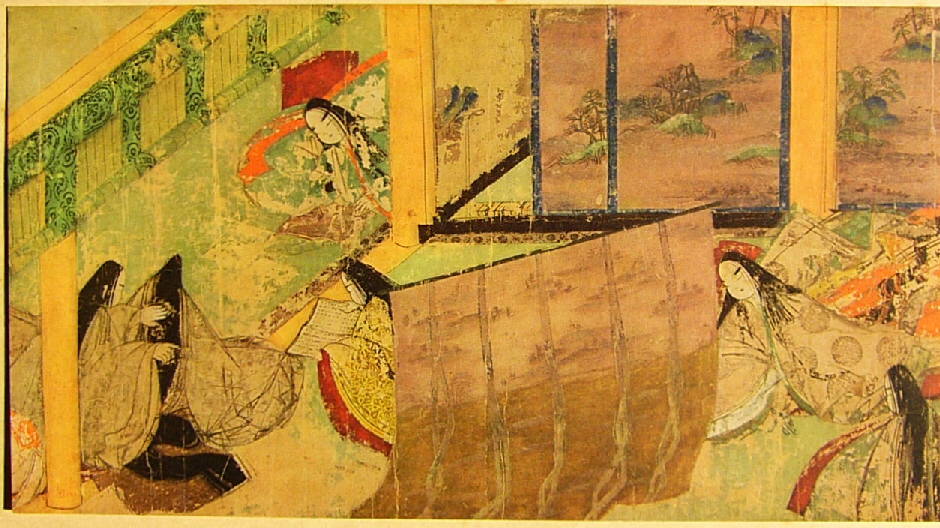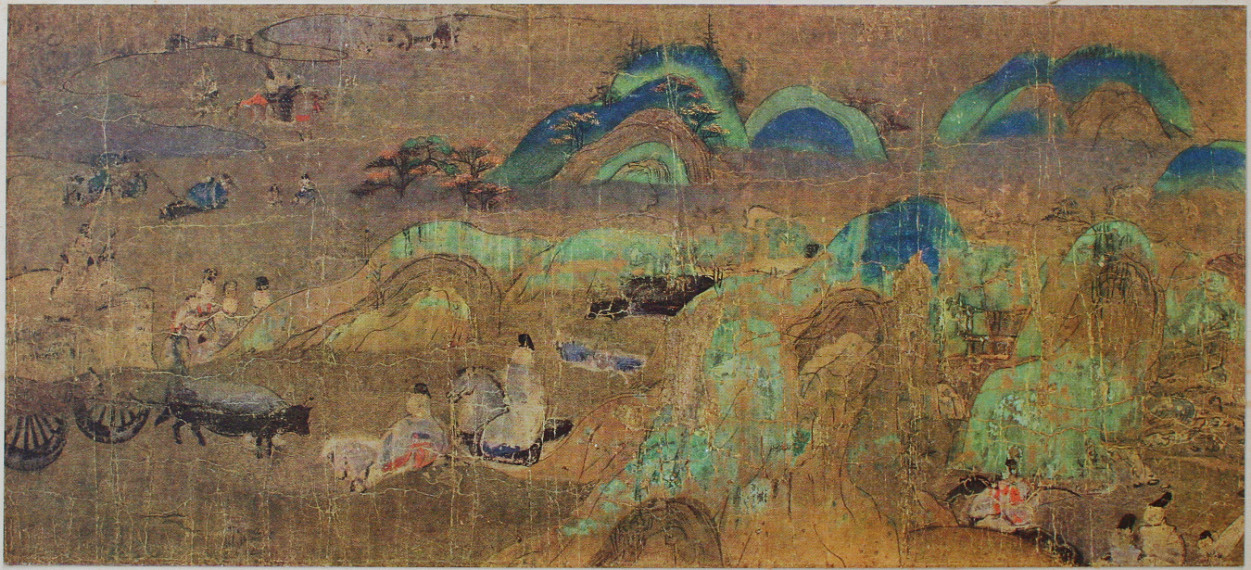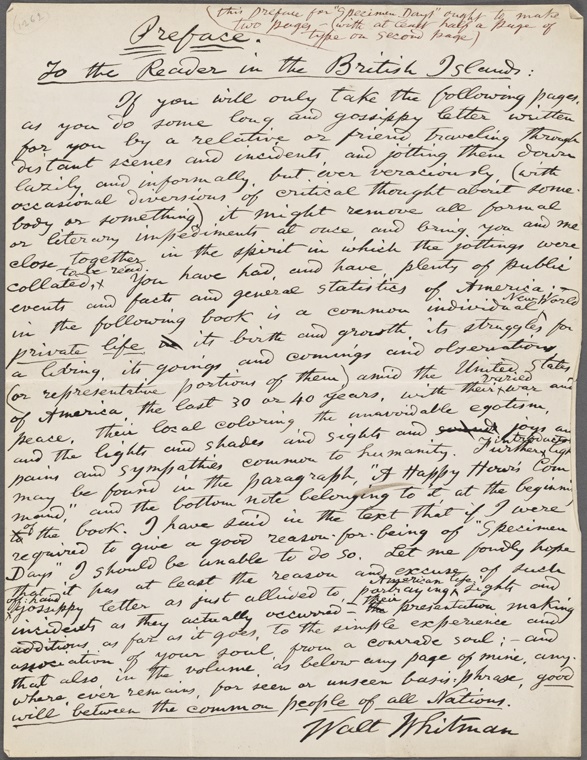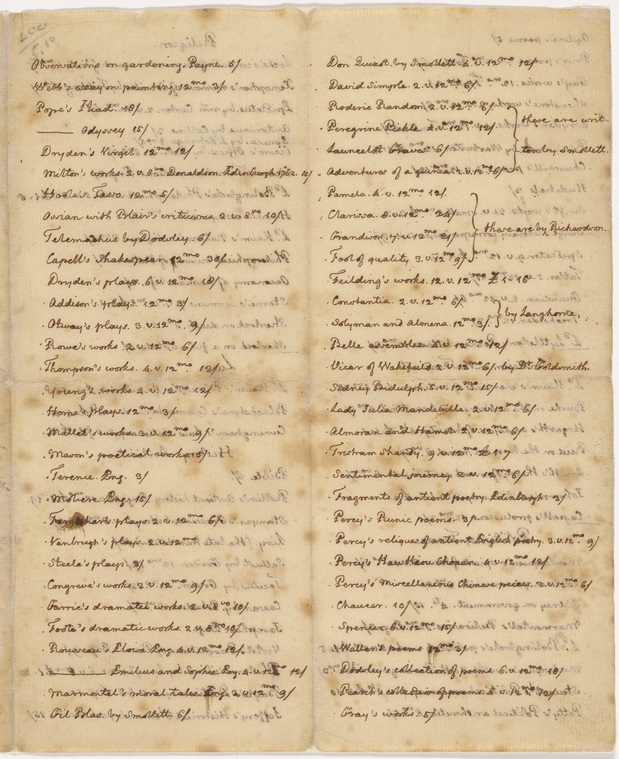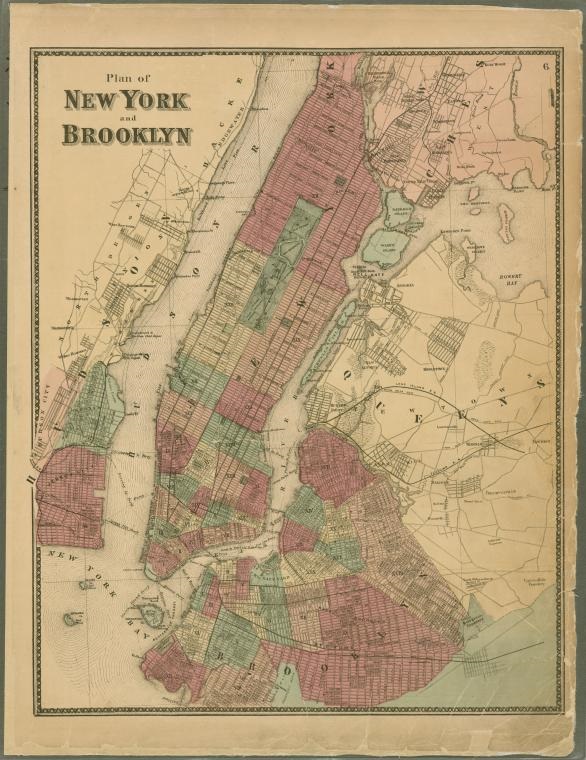Just this week we lost Alan Rickman, one of the most beloved British actors of his generation. And like all the best beloved British actors of any generation, he could, of course, do Shakespeare the way the rest of us can tie our shoes — and not just the lines from the plays, but the sonnets. In the clip above, you can hear Rickman give a reading of the satirical Sonnet 130, which sends up the worshipful excesses of contemporary courtly sonnets with lines like “My mistress’ eyes are nothing like the sun” and “I have seen roses damask’d, red and white, but no such roses see I in her cheeks.”
To properly deliver this material requires a certain sense of irony, and we could rely on Rickman to bring his own formidable yet subtle ironic capacity to the screen.
We always enjoyed seeing him pop up in a movie — no matter how impressive or mediocre the movie in question — because, I would argue, of the distinctive sense of intelligence with which he imbued all his characters, from the ghost boyfriend in Truly, Madly, Deeply to the Sheriff of Nottingham in Robin Hood: Prince of Thieves to Harry Potter’s Severus Snape to the bad guy in Die Hard. And naturally, he doesn’t leave it at home when assuming the role of the narrator of Thomas Hardy’s Return of the Native, a sample of which you can hear above.
One must strike an even more complicated balance of emotions to do justice to the prose of Marcel Proust, a task to which the actor proves himself equal in his recitation just above. “I think that life would suddenly seem wonderful to us if we were threatened to die,” he says, using his inimitable voice for words that now sound more meaningful than ever:
Just think of how many projects, travels, love affairs, studies, it – our life – hides from us, made invisible by our laziness which, certain of a future, delays them incessantly.
But let all this threaten to become impossible for ever, how beautiful it would become again! Ah! If only the cataclysm doesn’t happen this time, we won’t miss visiting the new galleries of the Louvre, throwing ourselves at the feet of Miss X, making a trip to India.
The cataclysm doesn’t happen, we don’t do any of it, because we find ourselves back in the heart of normal life, where negligence deadens desire. And yet we shouldn’t have needed the cataclysm to love life today. It would have been enough to think that we are humans, and that death may come this evening.
Mr. Rickman, you, too, will be missed…
Note: Do you want to hear Alan Rickman read Hardy’s Return of the Native in its entirety for free? Just head over to Audible.com and register for a 30-day free trial and you can download that, and another book of your choice, at no cost. Find more details here.
Related Content:
Alan Rickman Does Epic Violence to a Cup of Tea in Super Slow Motion
1,000 Free Audio Books: Download Great Books for Free
Shakespeare’s Satirical Sonnet 130, As Read By Stephen Fry
Listening to Proust’s Remembrance of Things Past, (Maybe) the Longest Audio Book Ever Made
Free eBooks: Read All of Proust’s Remembrance of Things Past
Based in Seoul, Colin Marshall writes and broadcasts on cities and culture. He’s at work on a book about Los Angeles, A Los Angeles Primer, the video series The City in Cinema, the crowdfunded journalism project Where Is the City of the Future?, and the Los Angeles Review of Books’ Korea Blog. Follow him on Twitter at @colinmarshall or on Facebook.


